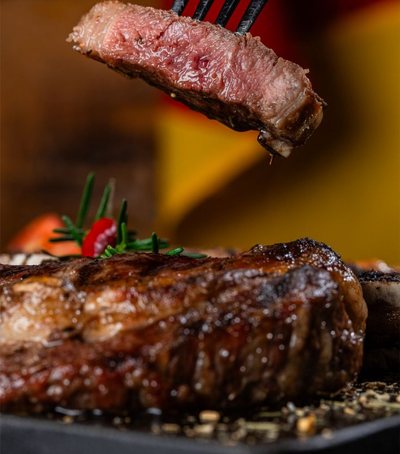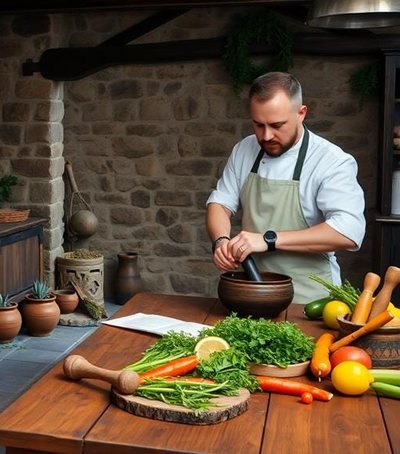As the global population is expected to surpass 9.7 billion by 2050, the challenges of providing healthy, sustainable, and accessible food become increasingly urgent. The answer to this challenge is coming from three fronts: superfoods that offer the most complete nutritional profile, innovative vegan cuisines that minimize environmental impact, and avant-garde technologies—from lab-grown meat to 3D food printing—that are reshaping our food chain.
New Superfoods
The seaweed, rich in 92 essential minerals, has been linked to improved digestive health, immunity, and skin hydration. Popular in smoothies and supplements, it's expected to take up a large portion of store shelves by 2025.
Actually a root vegetable, not a nut, tigernuts are a source of prebiotic fiber, iron, and heart-healthy fats. They've made a comeback after hundreds of years as a snack rich in gravity-fed gut bacteria.
Species like reishi, lion's mane, and chaga are moving from supplements to main dishes for their ability to manage stress and improve cognitive function.
The growth of the global superfood market
Forecasts show a 4.4% annual growth rate for the superfood market between 2025–2033, taking the value from USD 184.2 billion to even higher levels by the end of the decade.
Innovative Vegan Cuisine
Recent innovations use technologies that preserve the fiber structure in meat—creating sustainable, protein-rich alternatives, like those from Chunk Foods, which are bringing vegan “whole cuts” to the mass market.
Diversity of protein sources (legumes, ancient grains, seeds) is the #5 global trend for 2025, as consumers seek more raw and varied options.
Seaweed, rich in iodine and other minerals, is making a strong appearance on vegan menus, replacing common sources of iodine through innovative vegan sushi dishes, soups and seafood sauces.
Technologies that transform food
Cultured Meat
Lab-grown meat produced from animal cells without the need for mass farms promises to reduce emissions and antifouling, while platforms like Avant Meats are expanding globally.
3D printing of senses
Using “inkjets” of plant proteins, fats and binding agents, 3D printing creates textures similar to real meat. Early projects, such as Project Eaden, have introduced vegan steaks with detailed lettuce.
Insect Protein

Products based on insect flour (sphenarium, mealworm) are being explored in the production of bread and snacks with a high protein profile and minimal environmental impact.
Artificial Intelligence and Supply Chains
AI is optimizing stocks, predicting demand, and personalizing menus according to individual preferences, reducing food waste and increasing supply chain efficiency.
Vertical Farms and Regenerative Agriculture
Hydroponic and aeroponic systems in urban buildings offer five times higher yields per m², while conserving water and land; this model is advancing in cities such as Singapore and Rotterdam.
The “food of the future” is a mix between purified nature – through superfoods – and technological innovation that aims to correct the defects of traditional food chains. As vegan experiences become increasingly creative and new technologies aim for safety, well-being and sustainability, we are entering an era where every dish is planned and produced with environmental and socio-economic awareness. Embrace these trends, experiment with flavors and remember: the food of the future starts on your table today!
Sources





